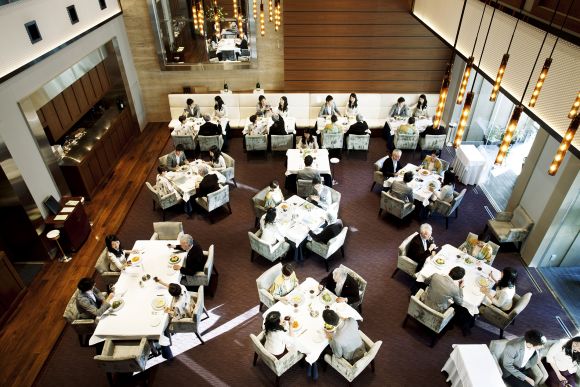Quick service restaurants must continue to find ways to raise the bar and learn how to compete differently in order to keep up with a changing landscape and changing eating habits.
Some QSRs are facing these challenges head on and viewing it as an opportunity to stretch their wings and modify their concepts. By extending hours and introducing higher quality fare, QSRs hope to attract more consumers – especially during nontraditional dayparts.
Breakfast – The Most Important Meal of the Day
Although some are known for their breakfast offerings, over the past five years, QSRs have increased their share of breakfast by 8% and this segment accounted for nearly 60% of traffic growth for the U.S. restaurant industry.
Moving forward, the breakfast daypart is expected to grow 22.1% between now and 2017.
This means that the breakfast category presents a huge opportunity for QSRs to expand and meet customer demands.
While there is a tremendous amount of growth happening in this segment, it’s also a hard category to enter into—as many have seen. Breakfast routines are habitual and changing consumers’ morning routines can pose a significant challenge, which indicates the need for extremely effective marketing and a high quality product.
Snack Time – All the Time
Snacking is becoming part of consumers’ routine due to a range of influences and now accounts for 20% of all eating occasions with 53% of U.S. consumers snacking two or three times a day.
The snacking segment is forecasted to grow 23.8% from 2012 to 2016 and is expected to reach $22.9 billion in sales by 2016.
However, as QSRs try to grow within this segment, they will continue to battle convenience stores for market share during snacking occasions since consumers want a variety of options throughout the different dayparts and nontraditional meal times.
Using Customer Analytics to Overcome Daypart Obstacles
Before investing time, money and other resources into experimenting with extending hours and offerings into different dayparts, QSR operators need to strategically plan out these initiatives using customer analytics.
With customer analytics and time-stamped transactions, daypart models can be used to forecast performance for each store by daypart.
Daypart models can identify which daypart has the most potential, which in turn can drive real estate site location strategies.
By profiling core customers by daypart, operators can understand how their customers and customers’ value change throughout the day making it possible to find the precise location that would favor more of a breakfast daypart or snacking dayparts – uncovering exactly where each concept is going to have the optimal performance within each segment, translating into a more profitable site location.
From a marketing perspective, both the breakfast and snacking categories need to be reinforced with the proper marketing and promotions.
Through the customer profiles, operators are able to identify where core customers are located and those who would respond favorably to targeted promotions. Furthermore, the customer profile can also enable QSR operators to understand the media preferences of their core customers – making media purchases and promotional efforts more cost effective.
The Bottom Line
For customer analytics this advanced, it’s essential to have customer records that are tied to transactions. However, for many QSR operators, it’s often an overwhelming challenge. Contact us to learn how Buxton and our data partners can enhance your customer insights, making it possible to get the full benefit of these powerful customer analytic solutions.


